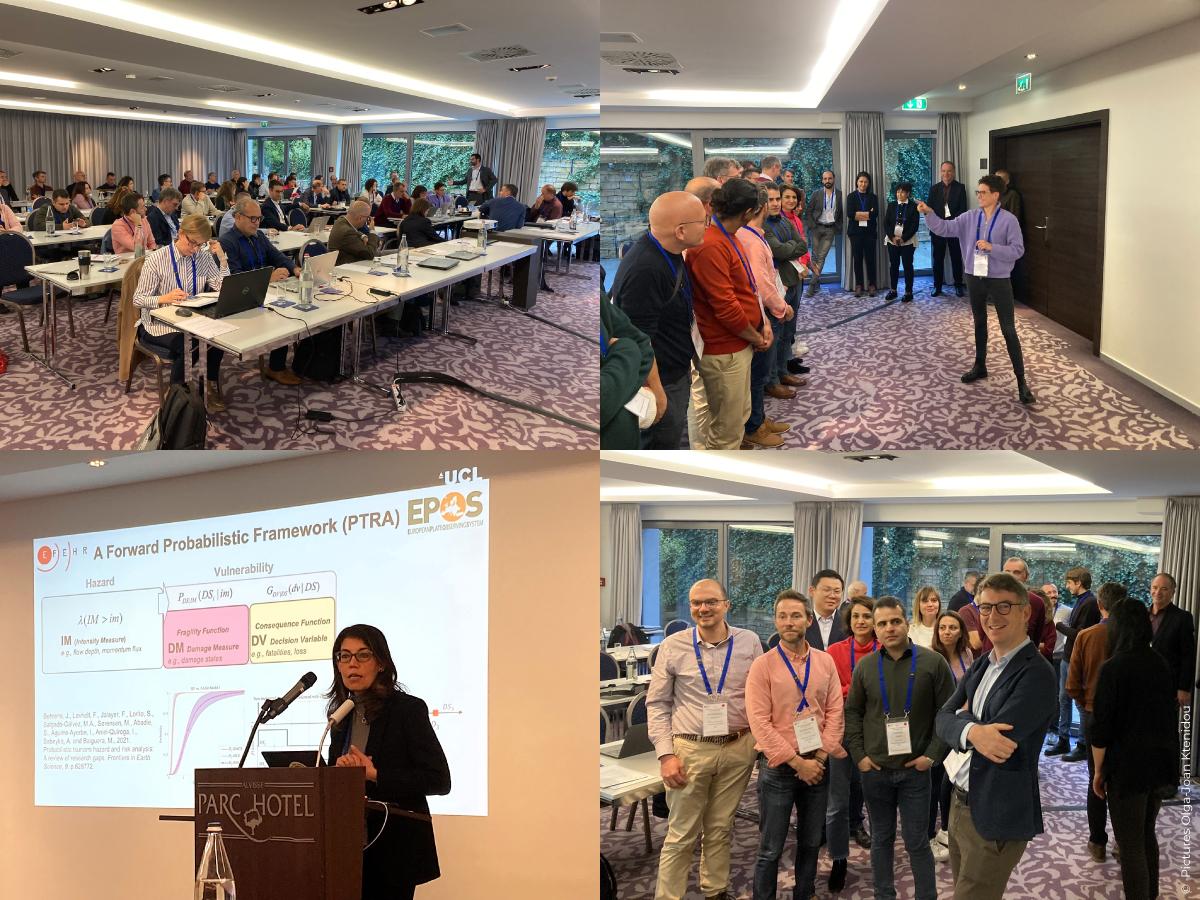All about multi-hazard and multi-risk assessment for geohazards: EFEHR Scientific Session 2024 in Luxembourg

Risk assessment bridges the geo-hazards to their societal impacts. As such, it constitutes the most outward-facing component in the chain. This process begins with data collection and modelling the phenomena, advancing towards an understanding of their consequences. This is where models meet reality – a reality that is invariably complex and shaped by multi-hazard and multi-risk dynamics.
While significant steps have been made in understanding single hazards and their immediate effects over recent decades, much remains to be explored about the complex interactions between hazards and their societal impacts. These are scenarios where the whole exceeds the sum of its parts, and straightforward cause-and-effect relationships are challenging to define.
The 102nd Journées Luxembourgeoises de Géodynamique (JLG) and the EFEHR Scientific Session 2024 tackled these critical issues by dedicating three intensive days to the theme of multi-hazard and multi-risk assessment for geohazards. Participants from research, industry, and policymaking explored the challenges from diverse perspectives, facilitating cross-disciplinary dialogue and collaboration.
Key topics included the integration of machine learning and AI, cross-border risk management, effective risk communication strategies, and practical insights from industry and international organisations. This exchange underscored the importance of learning from one another to advance knowledge and practices in understanding and mitigating complex geohazards.

